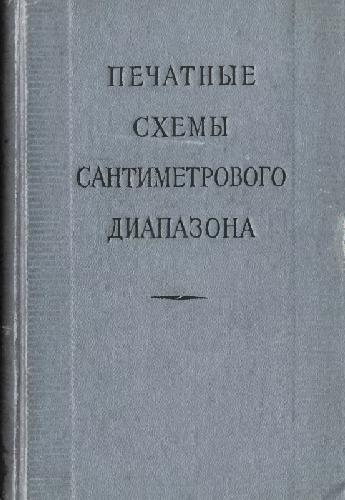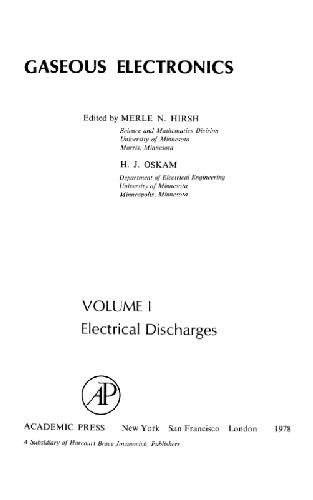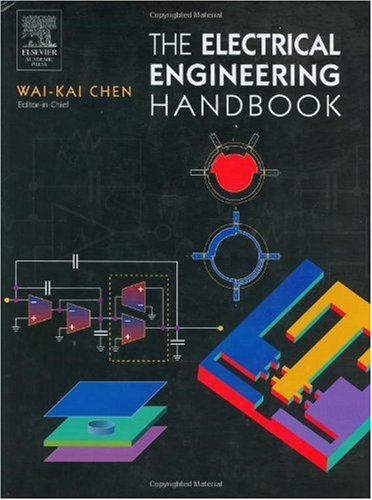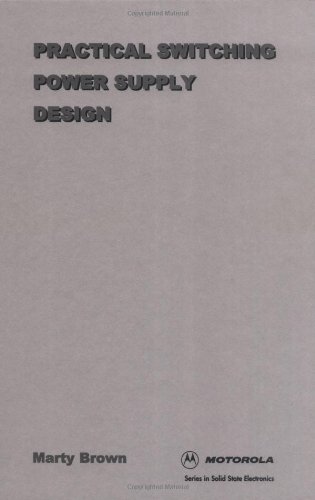G. Schopf, G. Koßmehl9783540614838, 3540614834
Polythiophenes – Electrically Conductive Polymers
Free Download
Authors: G. Schopf, G. Koßmehl
Edition: 1
Series: Advances in Polymer Science
ISBN: 9783540614838, 3540614834
Size: 9 MB (9620197 bytes)
Pages: 182/182
File format: pdf
Language: English
Publishing Year: 1996
Direct Download: Coming soon..
Download link:
Category: Technique , Electronics: ElectronicsSign in to view hidden content.
Be the first to review “Polythiophenes – Electrically Conductive Polymers” Cancel reply
You must be logged in to post a review.
Related products
- Technique , Electronics: Electronics
Печатные схемы сантиметрового диапазона (сборник переводов)
Free Download - Technique , Electronics: Electronics
Pocket Guide to the National Electrical Code 2005
Free Download - Technique , Electronics: Electronics
Audel Electrical Course for Apprentices and Journeymen
Free Download







Reviews
There are no reviews yet.